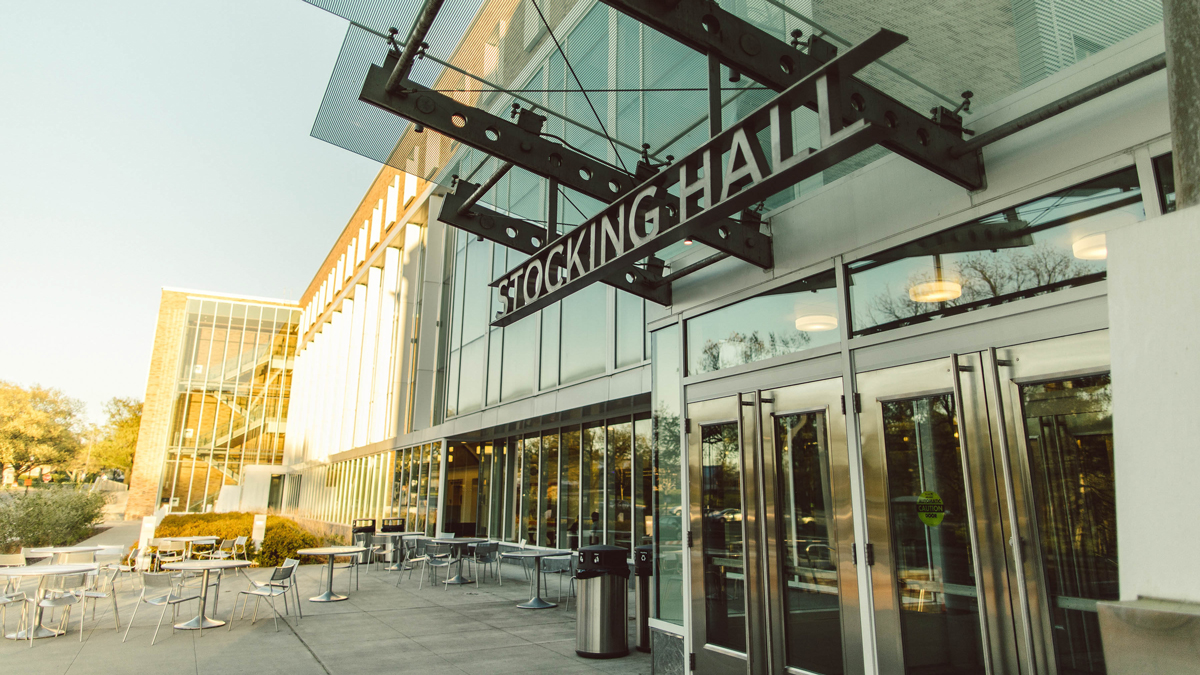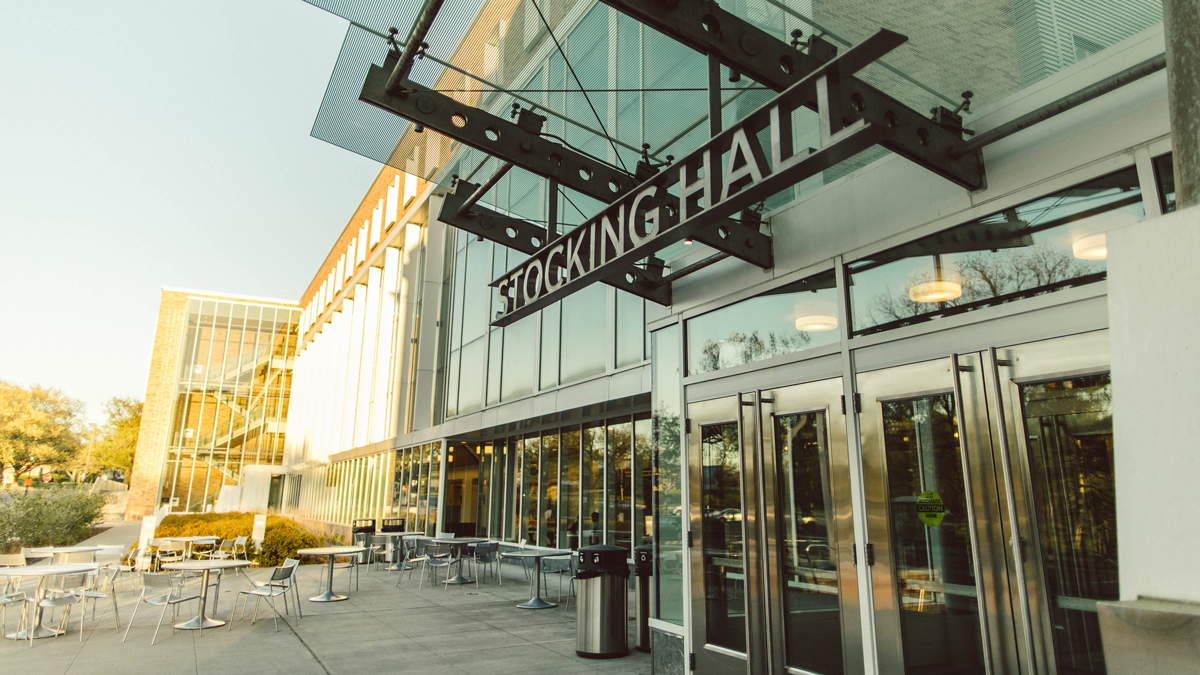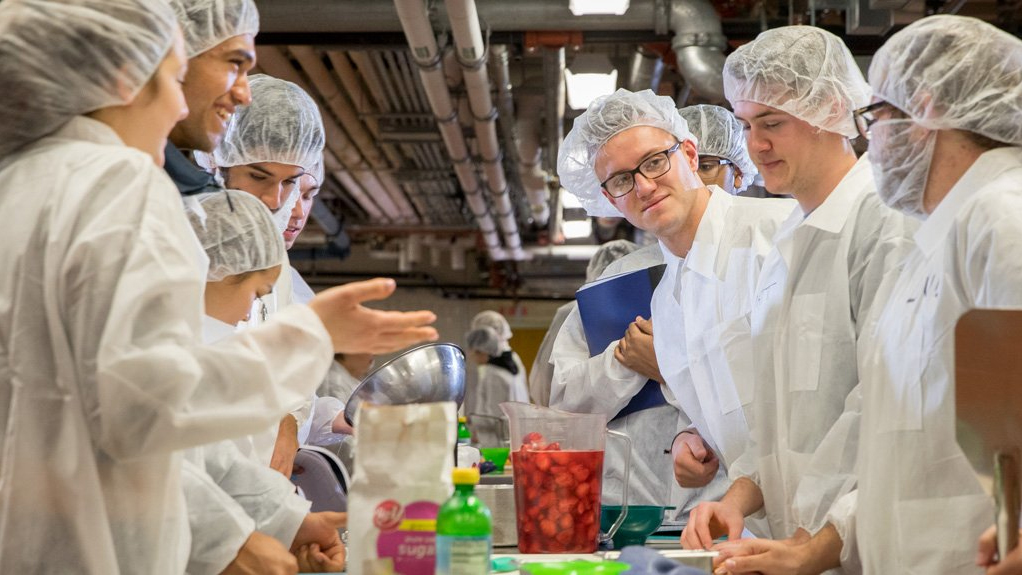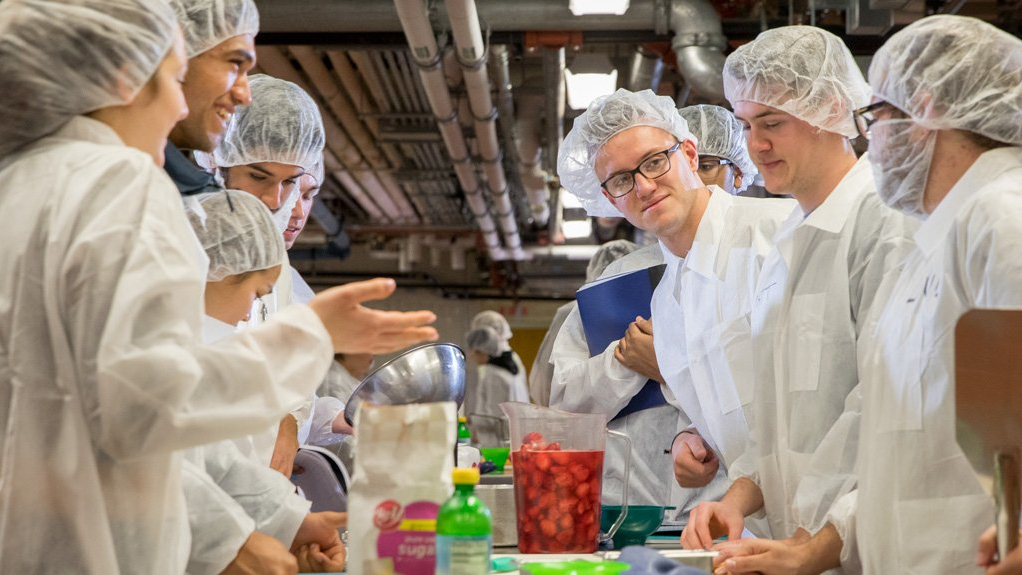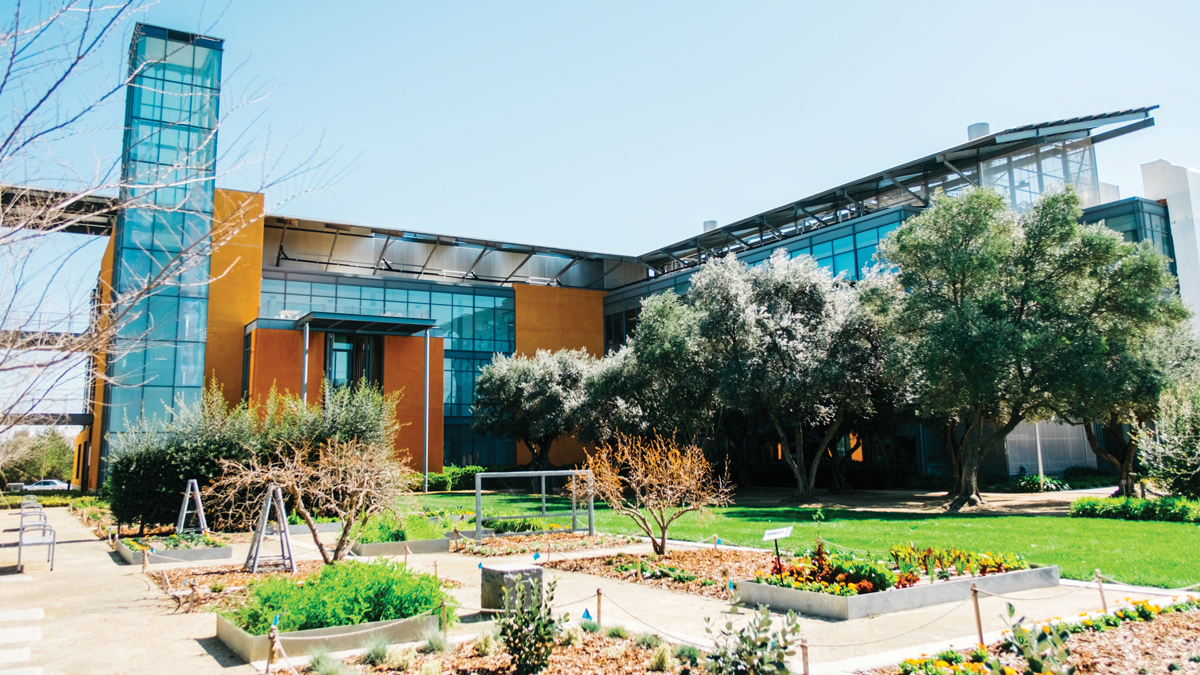Why Food Science Departments Need Leadership Boards
Dialogue

May 2022
Volume 76, No. 4

IFT members Leslie Herzog and Jacqueline Beckley have been involved with food science department leadership boards during the past three decades at Cornell University, Michigan State University, University of California, Davis, and University of Massachusetts.
Food science leadership boards got their start in the early 1990s, envisioned as a way to offer more feedback to food science programs. These boards potentially can provide a number of vital benefits to students, faculty, staff, and the university at large. Yet over the years, some boards have become little more than unstructured groups of people with ties to the department, rather than proactive organizations with a viable mission and purpose.
How can leadership boards use their time together wisely and make significant differences at their institutions? After spending 40-plus years collectively serving on boards and listening to faculty, staff, and students talk about their experiences positively and not so positively, we have some thoughts to share. Let’s start by looking at why it’s advantageous to create a food science leadership board in the first place.
Supporting the Food Science Department
Although its role may change over time as the department changes, the board is there to help meet the needs of the food science department chair. That can include:
- Providing advice and perspective on areas of opportunity, emerging issues in food science, and the needs of the college/food science department program
- Advocating for the department with the university administration and/or the state in which the university is located, and the food industry
- Assisting fundraising efforts to enable strategic initiatives, retain faculty, and support student activities
- Creating and fostering connections to alumni, members of the food industry, students, faculty, and staff
The leadership board’s specific responsibilities can run the gamut, depending on how hands on the department wants members to be. Here are some common and valuable tasks that board members can carry out:
- Develop an understanding of—and appreciation for—the food science department’s teaching, research, and outreach programs.
- Advise department leadership and faculty on issues involving department programs and new initiatives to teach skills they believe students will need to have in the future.
- Interact with faculty, staff, and students through face-to-face meetings, email, telephone calls, and other means.
- Serve as student mentors, advisors, and supporters.
- Assist students with finding internships and jobs.
- Serve as department program advocates with college and university administration, state and federal governments, and industry.
- Support fundraising efforts to expand resources for use in food science programs and initiatives.
- Assist with efforts to recruit and retain a diverse, motivated, and able student body.
- Attend semiannual council meetings in person or via virtual tools.
- Provide guidance to student-led product development competition and innovation teams.
Selecting Board Members
We believe the ideal leadership board size is about 25 members. That’s a large enough group to get things done and provide a somewhat broad representation of ideas without creating huge organization/management issues. We have been involved with leadership boards ranging from seven members, which is too small, to those with as many as 40 members, which may be too large and requires good management between the department and the member leadership.
Most people on the board should have had some affiliation with the department or university, or they should be from companies with a previous department affiliation or that are located in the same state as the department. This ensures that board members have some understanding of the unique role the department plays in the school or state.
Some leadership boards have a nomination committee to identify potential board candidates and make recommendations to the department chair. Others rely on the department chair and faculty to identify potential board members, who then are vetted through the college’s administration before being approached to serve on the board.
Each member should plan to serve for three to four years, the general membership term among leadership boards, with reappointment decided by the department chair. Having members with multiple terms on the leadership board can be valuable as long as they are making continuing contributions to both the department and the board.
A three-chair board model where each role lasts for two years seems to work best: chair, chair-elect, and past chair. This structure enables excellent continuity while providing for overlap in case someone is unable to attend a board meeting.
Creating a Charter
Every leadership board needs a charter, usually a one- to two-page document that is updated at least every five years. Download a template to get your charter started today (pdf or Word doc). The charter should contain these elements:
- Department of food science mission statement
- Leadership board mission statement
- Role of the leadership board
- Responsibilities of leadership board members
- Composition of the leadership board
- Leadership board meetings and operations
The leadership board mission statement should directly tie into the mission statement of the food science department, such as this example:
The mission of the Department of Food Science Leadership Board is to provide guidance and consultation to the department faculty and students, to enable best in class food science education through members’ advice, mentorship, career resources, and industry leadership. We build a bright future for the food industry.
Charters typically also identify subcommittees that can address specific issues, gather between meetings, and provide updates at meetings of the complete board. These subcommittees might cover issues like student engagement, nominations, philanthropy, outreach, and mentoring.
Ongoing Opportunities for Boards
Every food science department is different, of course, but over the years we have seen some innovative leadership board initiatives that served their departments well:
- One board received “homework problems” from the department chair when input from thought leaders was needed. Generally, the board would get the “homework” about four to six weeks before its meeting, and 10 days later the board members would participate in a conference call to give our preliminary thoughts, ask questions, and identify information we were lacking. Then we went back to the department chair, got the additional information, and worked on the issue again, followed by a discussion between the board and the chair/faculty on the day of the meeting. It was an outstanding way to get thoughtful and valuable insight from a group of professionals who wanted the department to continue its mission.
- Inviting faculty/staff to leadership board meetings is always valuable, but some of the boards we serve on even have mealtimes scheduled with faculty only. It allows for informal networking between department members and leadership board members, and the free-flowing exchange of ideas builds trust and interest between faculty and board members.
- Establishing a working relationship with university administration officials shows what the board can do for the department. We are involved with one board that has the university president speak to the board and answer questions at every meeting. This ensures the department is top of mind when it can use some assistance, such as when handling a renovation or needing to replace or add faculty.
- Some boards encourage crucial student engagement and involvement by hosting informal luncheons, taking students out to dinner in groups (without faculty/staff), and sponsoring scholarship/award lunches or dinners. Students have always expressed a strong desire to gain greater exposure to—and learn from the experiences of—the industry and government leaders who are board members. They value free discussion between students and leadership board members. The leadership board members can then use what they learn to provide improvement ideas to the department.
Several years ago, at the conclusion of a leadership board meeting, we approached the department chair and said, “How do you think the meeting went? Do you think you received $60,000 worth of advice from the board in the past 24 hours?” The chair looked kind of startled, so we explained: If the board were a group of 20 consultants/experts who had gathered for a 24-hour meeting, each of those leaders probably would charge a minimum of $3,000 a day, easily adding up to a tab of $60,000 (plus expenses). The chair had never thought about it that way before.
Leadership boards are a great way for those of us who believe in our profession to give back. If your department doesn’t have a leadership board, consider developing one. If your department already has a leadership board, consider making it even more of an active advocate for your program. Many industry and government leaders are just waiting to be asked to become leadership board members, and many leadership boards want to do more than they are currently being asked to do. Think of a leadership board as a contribution to the food science department’s endowment fund—everyone will benefit.
Food Technology Articles

Professional Fulfillment After Office Hours
IFT President Sean Leighton and several IFT members reflect on the value of volunteering.

Can Food Science and Technology Transform the Food System?
IFT President Sean Leighton reflects on the value of collaboration within the science of food discipline and highlights the value IFT FIRST will offer in this area.

The Transformative Power of Positivity
Columnist Kantha Shelke makes the case for adopting an appreciative inquiry approach to the science of food.

Finding Joy in Lifelong Learning
IFT President Sean J. Leighton reflects on the importance of continuous learning.

Closing the Gender Gap: A Call to Action
Angela Dodd challenges the food industry to close the gender gap.
Recent Brain Food

A New Day at the FDA
IFT weighs in on the agency’s future in the wake of the Reagan-Udall Report and FDA Commissioner Califf’s response.
Members Say IFT Offers Everything You Need to Prepare for an Uncertain Future
Learn how IFT boosts connections, efficiencies, and inspiration for its members.

More on the FDA's Food Traceability Final Rule
In a new white paper, our experts examine the FDA’s Food Traceability Final Rule implications—and its novel concepts first proposed by IFT.
Job Satisfaction in the Science of Food is High but Hindered by Pain Points
IFT’s 2022 Compensation and Career Path Report breaks it down.


